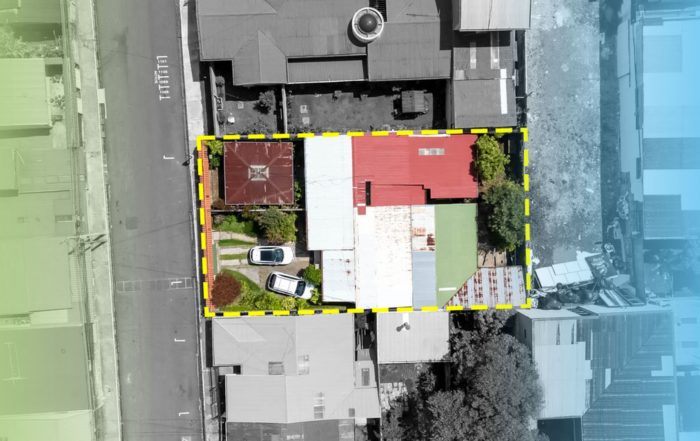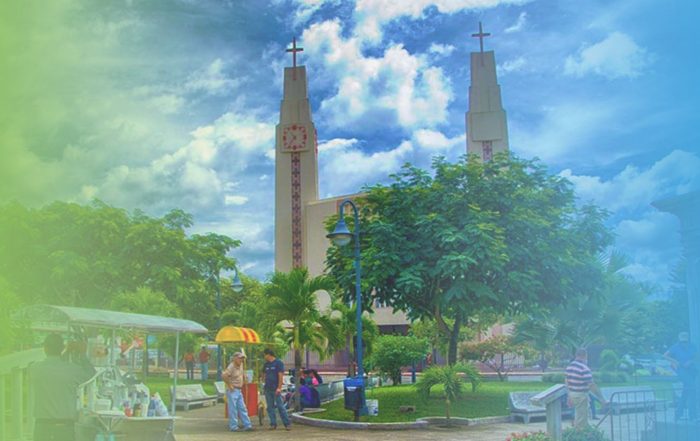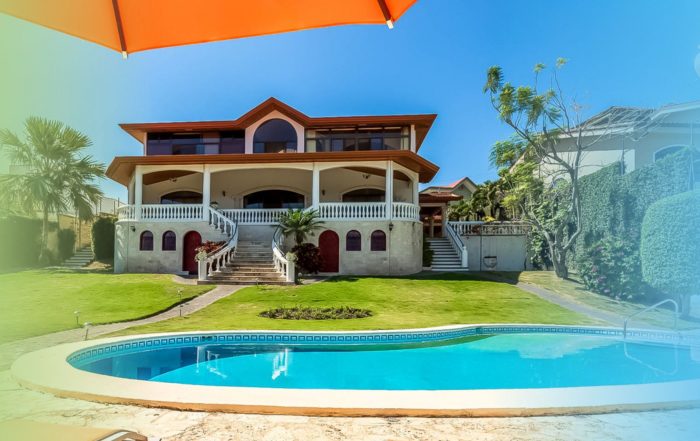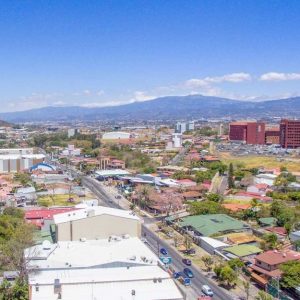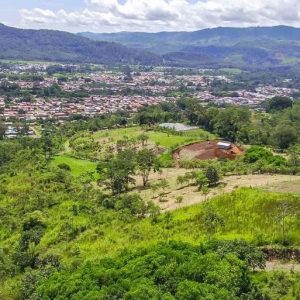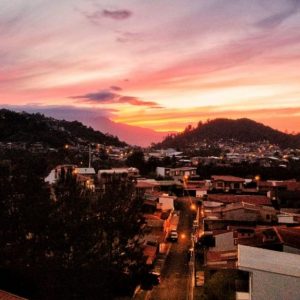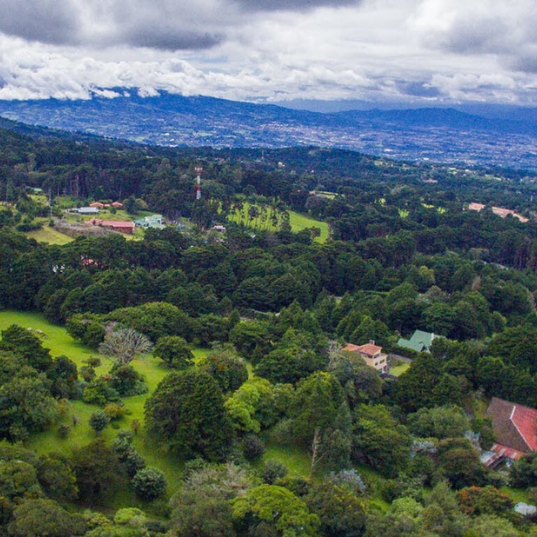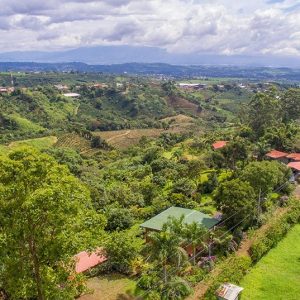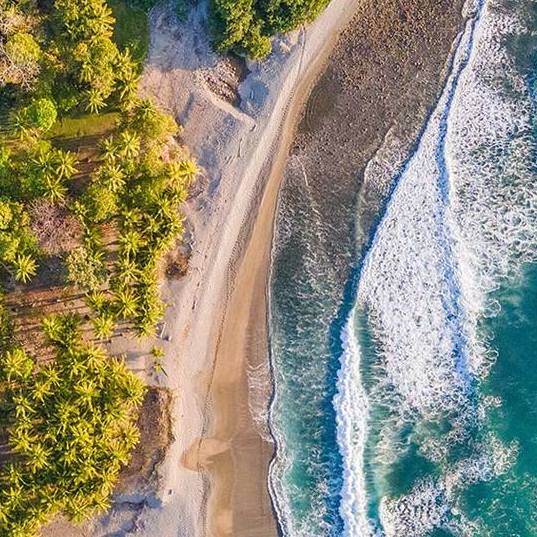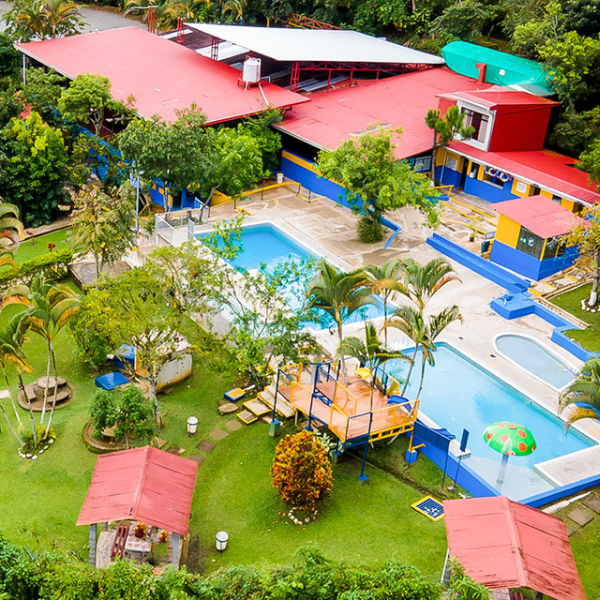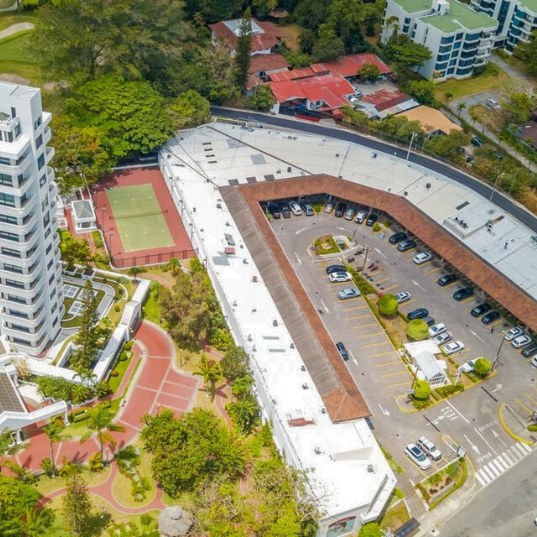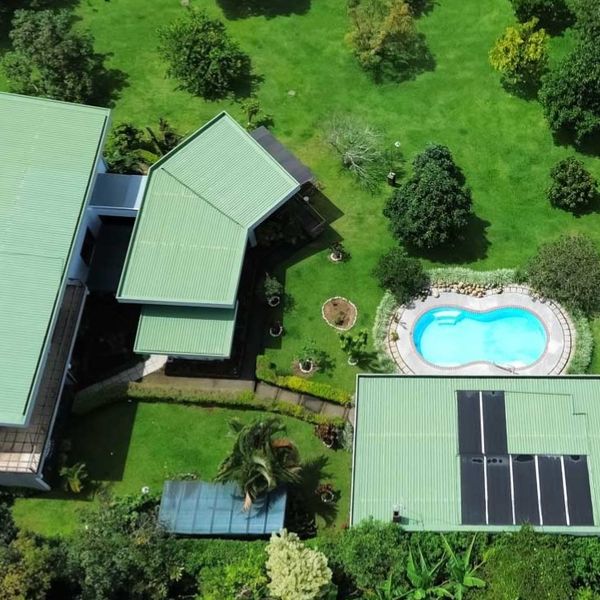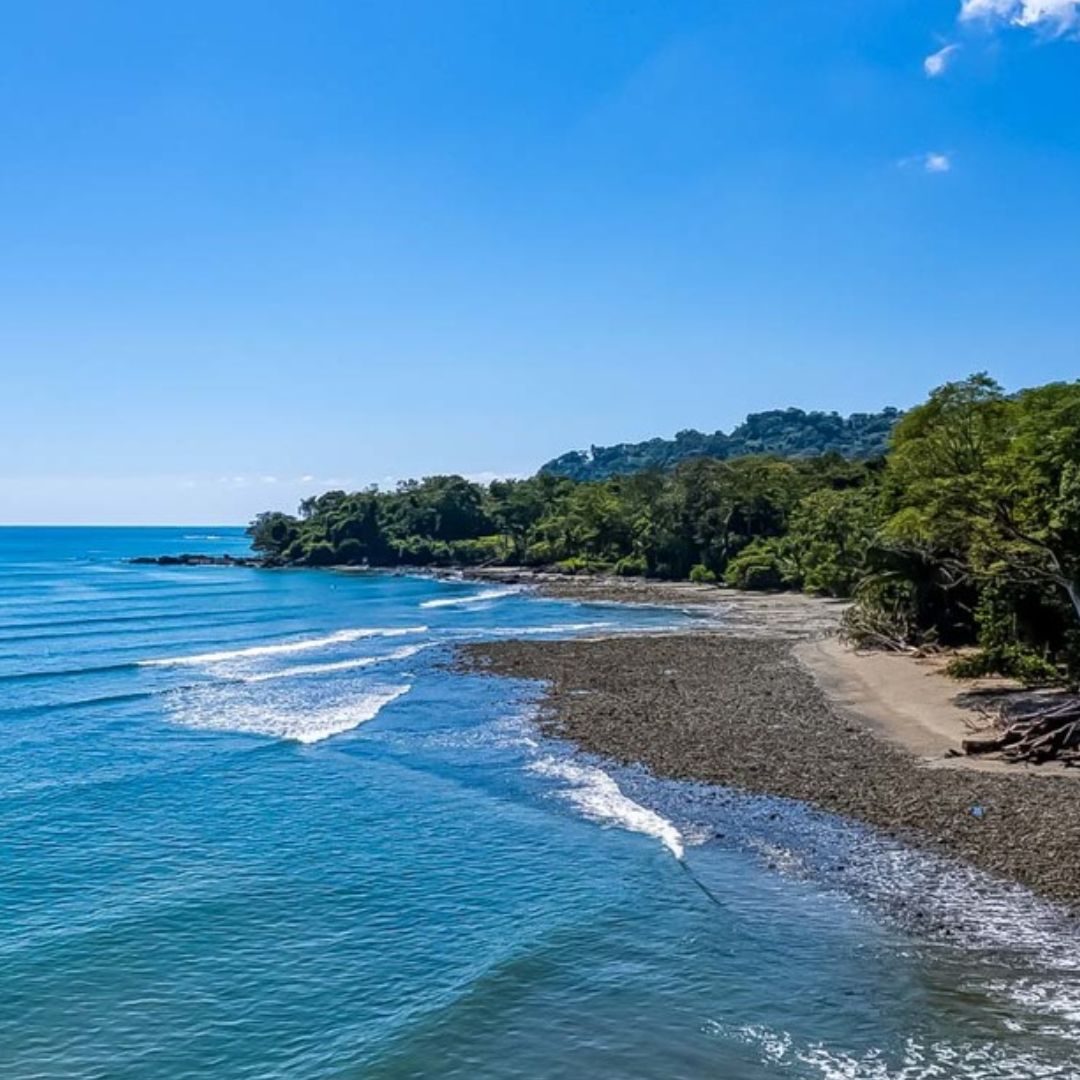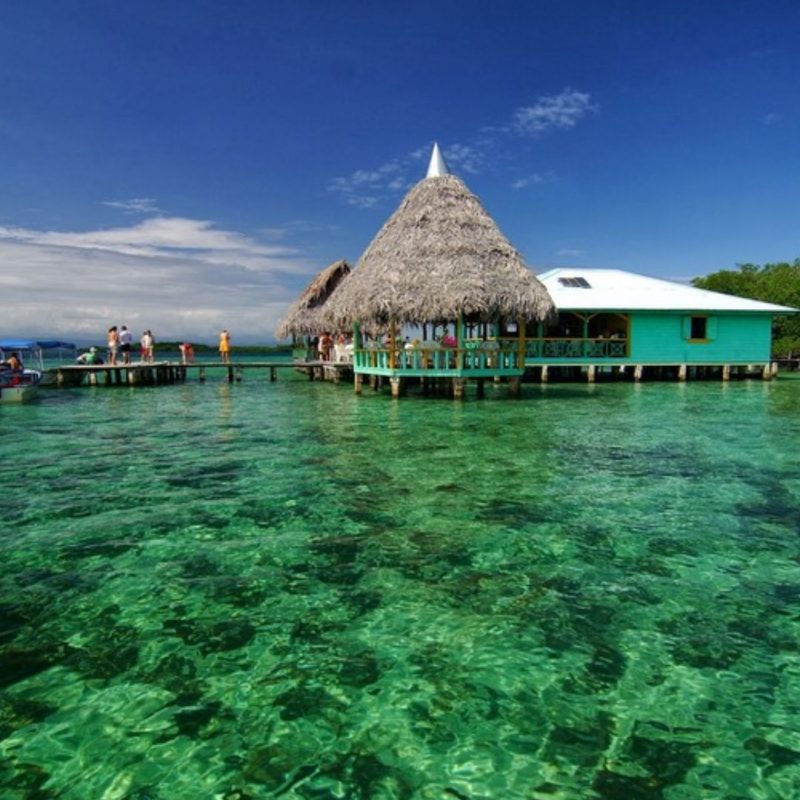Guanacaste is a high prestige province in Costa Rica, due to its natural landscapes and lifestyle, the real estate market in here is very stable. If you are interested in sell properties in Guanacaste you should know the buyers profiles, categories with the highest demand and the projections in real estate. Before starting the sale process, some previous steps must be taken into account to guide and develop each stage in the best way. Avoiding conflicts and ensuring the benefit of all parties involved.
Here we tell you everything you need to know to sell properties in Guanacaste.
Although there may be several answers, the important thing is to order them according to their priority, since for each owner there may be different situations that affect the decision to sell and it is based on this reason that the sale will take place. The objective and subjective characteristics of the sale should be identified at this preliminary stage.
Objective Responses
This responds to the owner’s interest in selling. At this stage the owner analyzes what are the needs and what is expected to be obtained at the end of the process. Some answers may be:
- Improve the quality of life
- Relocation of residence
- Investment
- Urgent payments
- Others
For the owner, the previous situations in which the property has been involved are taken into account, for example, if it is an inheritance or a family home. Investments and expenses incurred for repairs and improvements are also important.
When establishing the reason for sale, what is sought is to make a projection of what the owner expects, including the initial price, the estimated time in which the property will be placed on the market and what is expected to be obtained from the sale.
It is important to contact a real estate consultant to help you analyze what is a fair price according to the market and what is the profile of potential buyers who may be interested in your property.
In order to achieve a balance in the projection, some variables must be taken into account such as location, availability, mortgage studies, inventories, m2 values per area, municipal taxes and any other comparable option that applies in the specific case. It should be clear that prices are given in ranges and are estimates (not absolute), because at this early stage no client has been negotiated.
Subjective Responses
The owner must identify these characteristics in order to be able to place the property in the right market. They are subjective because they seek to establish the “emotional” panorama of the possible interested buyers, so that the answers to each one of them, helps the marketing, publicity and correct diffusion of your property within the real estate market.
- Where can I place my property in the market to obtain more benefits?
- Why would a buyer invest in my property?
- What makes my property stand out from other options in the market?
- What benefits does my property have for a potential buyer?
It is essential to contact a real estate agent to help you place your property within the market. The use of digital tools and platforms will help you to position your property as the best option, having greater reach and enabling a filtering process in which interested potential buyers are studied beforehand, thus easing the sales process.
Before positioning the property in the market, it is necessary to have the information that determines its real value, capacities and sale potential. You need this information before selling, as this will help to find the profile of possible interested buyers and thus, to place the property in the right market.
Some previous information is:
- Cadastre Plan: It graphically represents the area and boundaries of the property, allowing to verify the real data and confirming important information such as the presence of easements. This document must be in good condition and legible. In case you do not have it or if it is in bad condition, you can consult for the document here. You must choose in type of product if you need the cadastre – scale plans (real size), or if you need the cadastre – certifications (letter size). To enter the above link you must have previously registered in RNP Digital.
- Liens and annotations: Encumbrances are charges on the real estate that respond to the payment of a debt. Annotations are provisional and are subject to the determination of a real right that is in litigation. This is important information for all parties involved in the sale process and is obtained through a registry study.
- Land use: The best advice is to have the certificates of use, since they allow to know the potential of the property, i.e.: commercial, mixed, residential, agricultural use… This document is requested at the Municipality of the canton where the property is located.Here we give you the links to every municipality of Guanacaste:– Municipalidad de Liberia – Municipalidad de Abangares– Municipalidad de Bagaces– Municipalidad de Cañas– Municipalidad de Carrillo– Municipalidad de Hojancha
- Construction drawings: They provide information on relevant issues of the constructed building, such as electrical wiring, piping, septic tanks, etc.
- Appraisals: It is important to have updated appraisals as they may become invalid over time, since the depreciation of a property is done in annual periods.
All the information obtained from these technical instruments helps to determine the real value of the property. It is not the same to position the property for nationals as for foreigners; for those interested in investment or for those looking for homes, for example.
Clear communication with the advisor is essential to avoid future conflicts in the buying and selling process.
The selling terms will depend on the type of property you want to sell in Guanacaste. The main types are:
- Farms: These are independent, unbuilt and legally registered plots of land. Depending on their location and characteristics, they can have different uses.
- Houses: these are properties with construction plans, legally registered and for residential use.
- Productive farms: These are also independent lands, but unlike the first ones, these are dedicated exclusively to the production of goods. They have specific regulations as they must ensure the rational use of the land and environmental sustainability.
- Recreational Quintas: These properties do not have a specific measurement, but their main characteristic is that they have spacious green areas and a house that is generally used recreationally and not regularly.
- Commercial property: Any type of property that is used for profit, whether it is an office complex, commercial premises, restaurants or any other types of services.
- Industrial property: They have land uses destined for industries and business projects.
Specifications according to the property:
Besides being clear about the type, you must also know the variables and specifications of the property you intend to sell. This is the important information you should know if your property has any of these variables:
Selling in condominium:
- Know the use of the subsidiary being sold, whether it is commercial or residential.
- It must be up to date with the payment of condominium fees and any other type of fee issued by the condominium administration. Must also provide information on the amount of fees, administration and delinquency of the condominium.
- You must have the condominium regulations and the construction regulations (in case of farm condominiums ) and if possible, the minutes of the Assembly, to facilitate the sale process.
- Know which are the common areas and how they are used. Also have information about water, treatment plants and electricity.
Selling real estate investment projects:
- Verify data from investment experts.
- Check if the developer of the project has a license and confirm if it has ever been suspended or revoked.
- Find out if the company they are working for is registered with the country’s Financial Authority.
- Verify that the investment securities are registered with state regulators.
- Analyze any context that makes you doubt the legitimacy of the investment.
Selling in Urbanizations or residential areas:
- Know the exact location: district and canton.
- Provide information about public services, security and if it is an organized community.
- Establish previously which are the entrances and controlled accesses.
Sell in rural areas:
- Have knowledge of the regulatory plan of the Municipality to understand what is the percentage allowed to build, whether or not segregation is allowed and if there is presence of easements.
- Telephone and internet facilities.
- Know if the water is from the municipalidad or if it comes from ‘asadas’. Also have information on registered or unregistered springs.
Sell in commercial and industrial zones:
- Must be in compliance with Law 7600.
- Have the certificates of land use and the definition of the area that can be used.
- Know the access roads and commercial attractiveness; as well as the availability of parking.
- Information about the free zone regime and if it applies to the zone in which the property is located, for issues related to taxes.
- If it is an industrial property, the access to electricity and voltage must be clear according to the buyer’s needs.
In the Guanacaste area it is necessary to understand what it takes to sell a property on the beach, and especially knowing the difference between beachfront properties and properties in the maritime zone. You can be the owner of a property a few steps from the beach, with a path to the beach, or with views of the sea, but this does not necessarily mean that it is part of a maritime zone. If your property belongs to a maritime zone, you cannot be the legal owner because the beaches of Costa Rica are public property.
Law on the Maritime-Terrestrial Zone
The Law on the Maritime-Terrestrial Zone (Law Number 6043) regulates the registration and use of properties facing the sea in Costa Rica. The law creates two zones along Costa Rica’s Pacific and Atlantic coasts. Islands are also subject to this law. The national government owns the land within this “Maritime-Terrestrial” restricted zone.
This zone is measured from the high tide line inland, and is comprised of two zones with a total width of 200 meters from the sea:
- Public Zone: This is the part of the beach measured 50 meters from the high tide line, and ends at the boundary of the Restricted Zone (see below). This beachfront area is open to the public, and private possession or occupation of this area is strictly prohibited. It is, however, illegal to trespass on private property or even concessions in the Restricted Zone in order to reach the Public Zone.
- Restricted Zone: this measures 150 meters from the boundary of the Public Zone towards the interior. The law allows the government to grant leases called concessions for the occupation and use of this beachfront area for terms ranging from 5 to 20 years. This area is the land that homes or businesses along the beach can use for personal or monetary benefit. Some buildings are permitted in this zone.
Concessions for properties within the Maritime Zone
The ‘Instituto Geográfico Nacional’ marks the Maritime Zone of Costa Rica. If the area is not marked and does not have an approved development plan, the Costa Rican authorities cannot grant construction permits for the development of beachfront properties in that area. The Costa Rican Tourism Institute (ICT) authorizes leases in the Restricted Zone, but the municipalities grant and manage those concessions.
Before a concession can be granted, the Restricted Zone where the property will be located must have an approved Regulatory Plan. Legally sound concession will define the rights and conditions that the occupant of the property will have. As stated above, these concessions or leases are granted for a term of five to twenty years, and once the concession (lease) has been
approved, it will be registered in a special subregistry in the National Registry. An annual fee must be paid to the municipality to keep the concession current. Lack of payment may terminate the contract, resulting in the loss of all buildings on the concession. Extensions of the lease can be requested at the municipality, and are normally granted with the prior approval of the ICT.
Precautions for Beach Homes
Although municipalities charge a tax on the use of the land known as the ‘canon’ tax on the occupants of land located in the maritime zone, this does not mean that the concession has been granted. As such, the payment of ‘canon’ is simply the recognition of the right to possession. Below are other points of the law related to concession land that must be respected in order to safeguard your investment.
Concession grants are restricted in the following cases:
- Foreigners who have not been residents for five years in Costa Rica
- Companies with bearer shares
- Foreign companies established abroad
- A corporation established in Costa Rica exclusively for foreigners.
- A joint-stock company with more than fifty percent ownership by foreigners (ZM article 47)
Concessions can be forfeited for the following reasons:
- Not requesting an extension of the concession in a timely manner
- The expiration of the rights of the interested parties
- Legal absence or death of the holder of the concession without an heir
- Failure to comply with the obligations established in Article 51
- The cancellation of the concession (ZM Article 52; see below)
The ICT can cancel a concession for:
- Failure to pay annual fees and taxes
- Breach of contract (for example, use of the land for purposes other than those expressly authorized by ICT)
- Violation of ordinances of the law that grants the concession
- Impediment of the use of public roads
- Other causes established by law (see ZM Article 53)
Knowing this information prior positioning the property in the market will give you an advantage at the moment of selling, since interested buyers will have a broader knowledge of the potential and capacity of the purchase.
If you have specific doubts about where to obtain the information or about any subject related to sell properties in Guanacaste, do not hesitate to contact our Nativu Advisors.
Related Articles in our Blog
Residency for Foreigners in Costa Rica: Which option is best?
House with panoramic view in Guachipelin, Escazu: Ideal for investment
Selling guides by area


